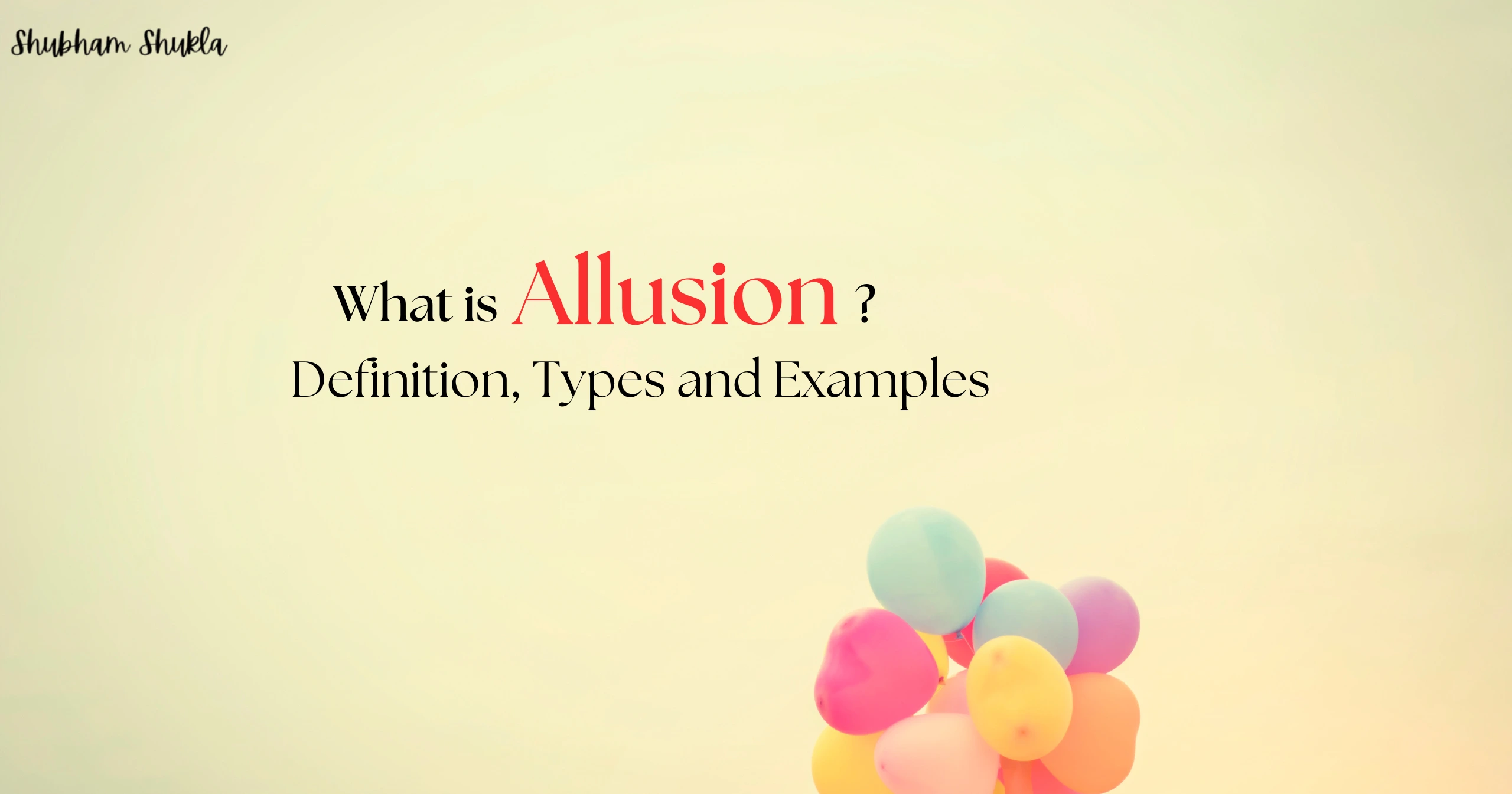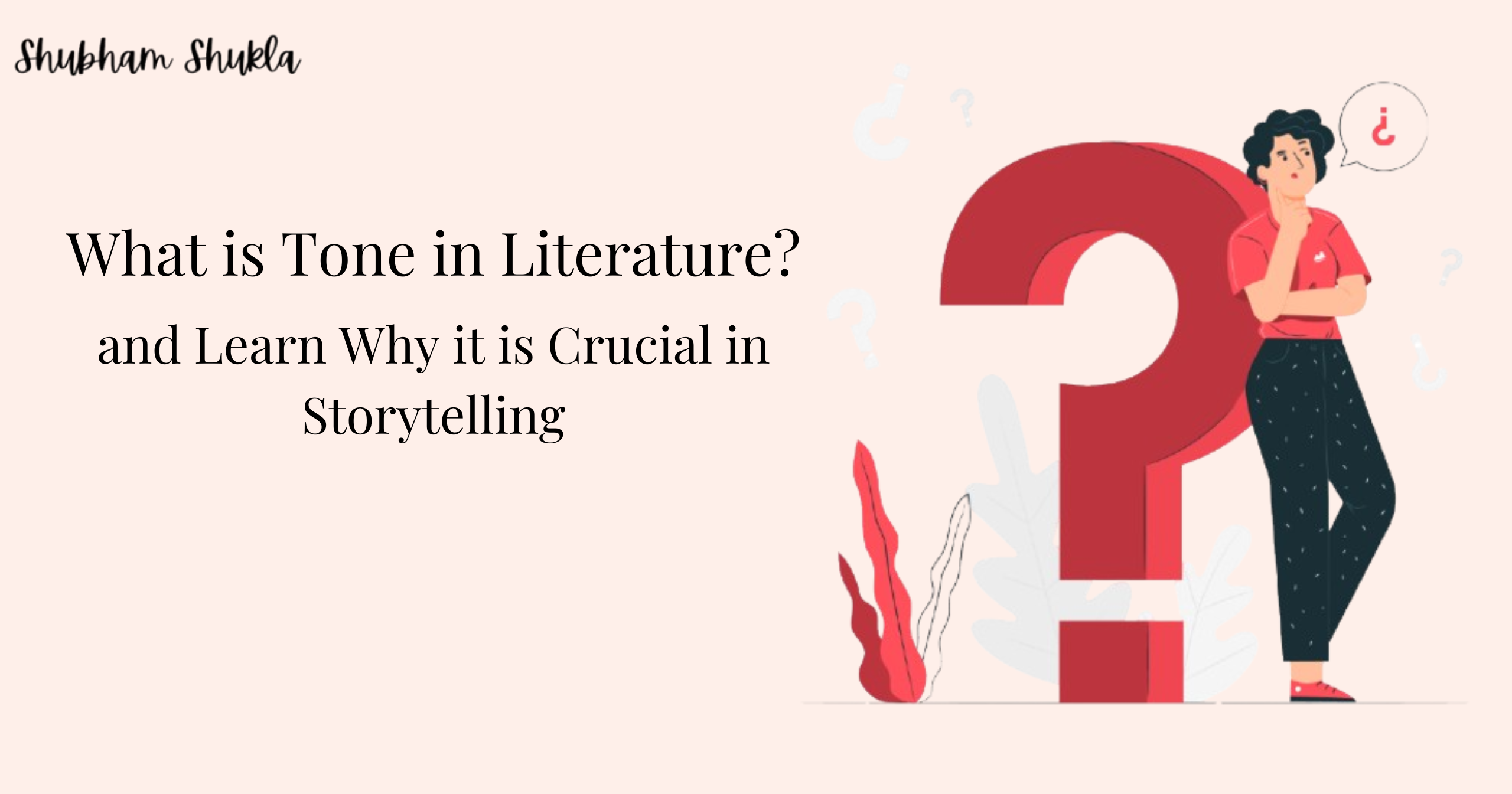People frequently ask, “What exactly is dialogue?” Dialogue is an artistic literary expression in which characters are brought to life through spoken words. It acts as a means of communication, revealing their most intimate thoughts, emotions, and intentions. Dialogue offers a realistic layer to the narrative by advancing the plot, establishing relationships, and creating tension.
Dialogue can be written in a variety of ways, including direct speech, indirect speech, free indirect speech, and a combination of the three. It also differs in the form of the characters’ speech, which includes monologue, soliloquy, dialect, interior dialogue, and subtextual dialogue.
You may also like: Anecdote: Definition, Types, Uses with Examples
Dialogues can take many forms in creative writing. Here are few examples:
- Subtextual dialogue: This sort of communication implies significance under the surface and frequently contains a hidden intent. For example, “I’m sure you didn’t mean to hurt my feelings,” she added, her tone stern.
- Dialect: This is a form of speech in which the characters use a certain regional or cultural accent or dialect. For example, “Y’all come back now, ya hear?” stated the southern farmer.
- Soliloquy: A soliloquy, like a monologue, is a speech delivered by a character alone on stage that reveals their innermost thoughts and feelings. For example, “Oh Romeo, Romeo, wherefore art thou Romeo?” Juliet inquired.
- Monologue: A monologue is a lengthy speech by one character, usually to an audience within the plot or to oneself. For example, “To be or not to be, that is the question,” stated Hamlet.
- Interior dialogue: This is also known as internal monologue, because it reveals a character’s thoughts to the reader. For example, “I can’t believe I did that,” she thought.
- Indirect dialogue: In this sort of discourse, the writer recounts what was said rather than providing direct quotes. For example, she told him she couldn’t believe he did that.
- Direct dialogue: This is the most prevalent style of dialogue, in which characters communicate directly to one another, typically using quote marks. For instance, “I can’t believe you did that,” she stated.
You may also read: Powerful Adjectives to Describe a Person (With Examples & Tips)
Writing effective conversation is essential for developing compelling and memorable characters and storylines. Here are some suggestions for crafting great dialogue:
- Read it out loud: Reading your dialogue aloud might help you discover awkward or unnatural parts and make required changes.
- Vary phrase length and structure to make your discussion engaging and avoid monotony.
- Use dialogue tags sparingly: “he said” and “she replied” might become redundant and annoying. Use them sparingly, and instead use movements or gestures to show who is speaking.
- Avoid exposition: Dialogue should not be utilized to convey backstory or exposition. Instead, look for other ways to convey crucial information to the reader.
- Use subtext: Effective speech frequently conveys a deeper meaning beneath the surface. Use subtext to build tension and conflict between characters while also revealing their genuine motivations and emotions.
- Show, don’t tell: Rather than informing the reader what is happening or how the characters are feeling, use dialogue to show them. For example, rather just simply “he was angry,” demonstrate the character’s fury by their words and actions.
- Make it sound natural: Dialogue should resemble a real discussion, complete with pauses, interruptions, and changes in tone and cadence. Contractions, phrase fragments, and filler words can help make it sound more natural.
You may also read: Know How to Create, Write and Publish a Poem
By following these guidelines, you will be able to create conversation that is interesting and authentic while also progressing the plot and character development of your tale. Below are some examples of well-written dialogues:
“Here’s looking at you, kid.” – Casablanca (1942)
This legendary passage from Humphrey Bogart’s character Rick Blaine to Ingrid Bergman’s character Ilsa Lund in the classic film Casablanca exemplifies how dialogue can express emotion and meaning in simple, memorable syllables. The line has become a cultural staple, symbolizing the sexual tension between the two characters as well as the film’s bittersweet nostalgia for its wartime setting.
“You can’t handle the truth!” – A Few Good Men (1992)
This famous remark, spoken by Jack Nicholson’s character Colonel Nathan Jessup in the courtroom drama A Few Good Men, exemplifies how dialogue can generate tension and conflict. The line illustrates the character’s steadfast refusal to confess fault, and the showdown that ensues is a watershed event in the film’s plot.
You may also like: Anecdote: Definition, Types, Uses with Examples
“I’m gonna make him an offer he can’t refuse.” – The Godfather (1972)
This statement, delivered by Renee Zellweger’s character Dorothy Boyd to Tom Cruise’s character Jerry Maguire in the romantic comedy-drama Jerry Maguire, exemplifies how discourse can foster emotional connection and vulnerability. The remark illustrates the character’s openness and willingness to take a chance on love, and it marks a watershed moment in the film’s core relationship.
“You had me at hello.” – Jerry Maguire (1996)
This legendary passage from Humphrey Bogart’s character Rick Blaine to Ingrid Bergman’s character Ilsa Lund in the classic film Casablanca exemplifies how dialogue can express emotion and meaning in simple, memorable syllables. The line has become a cultural staple, symbolizing the sexual tension between the two characters as well as the film’s bittersweet nostalgia for its wartime setting.
To sum up, these illustrations demonstrate how well-written dialogue may enhance the themes, tone, and characters of a movie or fiction. They show how crucial speech is for expressing conflict, passion, and meaning as well as how catchy words may become cultural icons.


